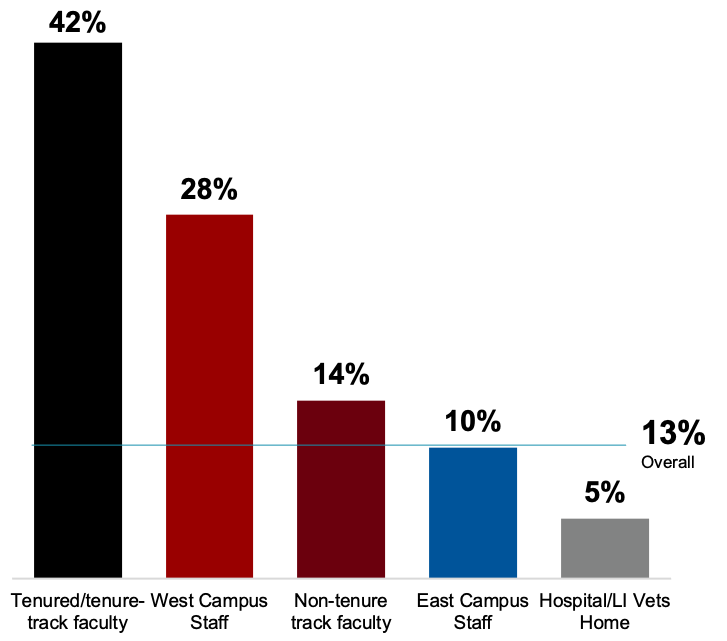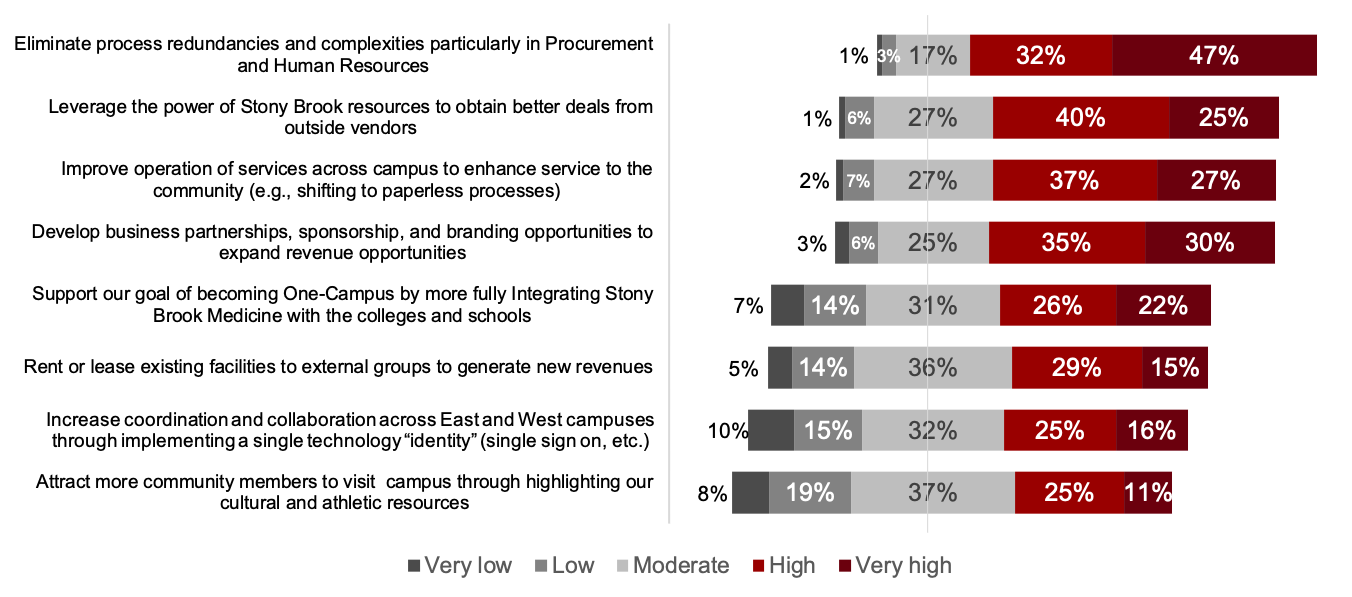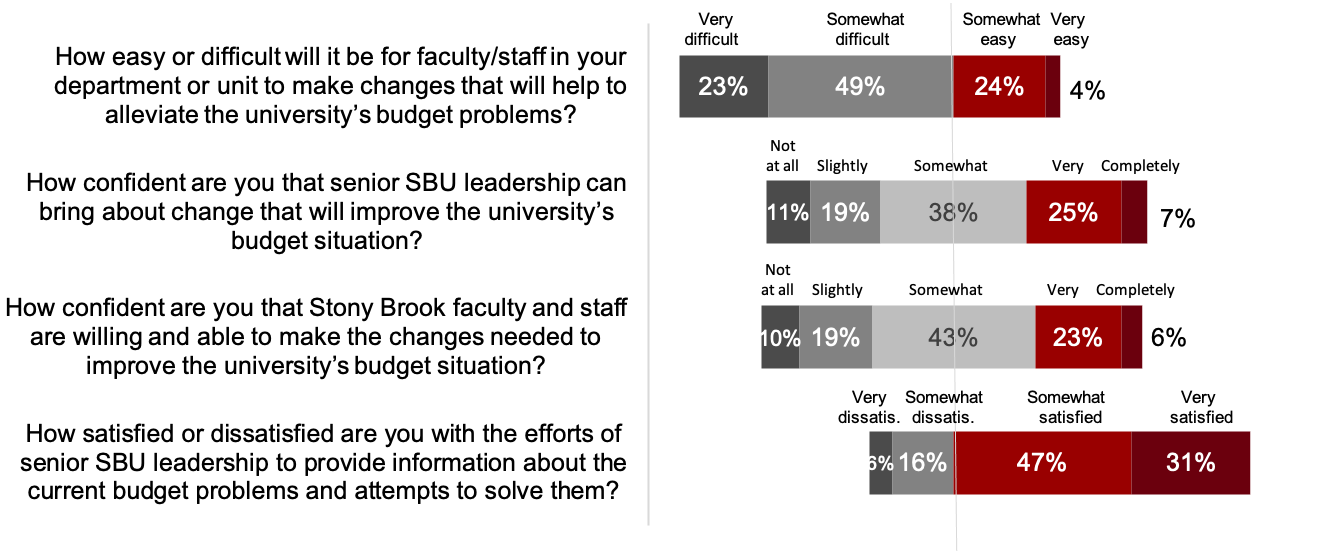January 2021 Survey Results
The Strategic Budget Initiative (SBI) is predicated on the belief that to successfully meet the challenges and opportunities that lie ahead requires the active participation and engagement from our faculty and staff. That is certainly true of the hundreds of faculty and staff who have given their time and expertise to support the work of the SBI’s five taskforces and the multitude of working groups currently reviewing hundreds of potential opportunities. For those of you who have not been as directly involved, we wanted to hear from you too.
In December, a survey was sent to all faculty and staff, aimed to gather input from the Stony Brook community about the Strategic Budget Initiative. 2,230 faculty and staff across the institution responded to the survey; over 560 provided additional comments, every one of which has been read and reviewed.
The following provides a summary of the most important findings. To download the full PowerPoint, please see the link at bottom of page.
Respondents Answering 1 or More Questions |
Response Rate by Position |
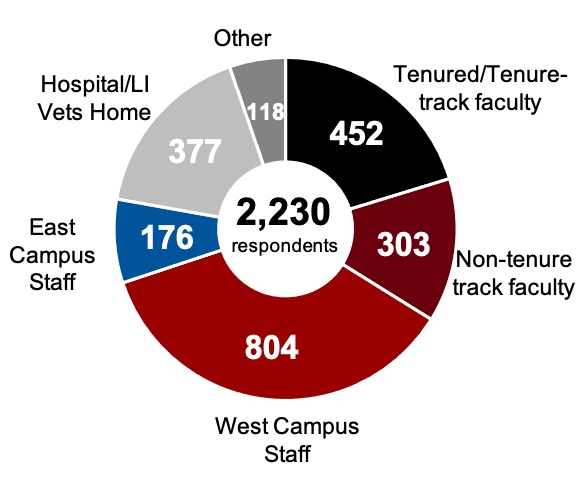 |
|
| Across campus, 2,230 members of our community answered at least one question of the recent SBI survey. Of those 2,230, 25% provided individual comments to the Steering Committee and task forces. | On average, 13% of faculty & staff responded to the survey, with response rates differing between positions. Tenure/tenure-track faculty had the highest response with 42% of all tenure/tenure-track faculty at SBU responding to the survey. |
How closely have you followed the development of Stony Brook's Strategic Budget Initiative? |
How are you getting information about Stony Brook's budget? |
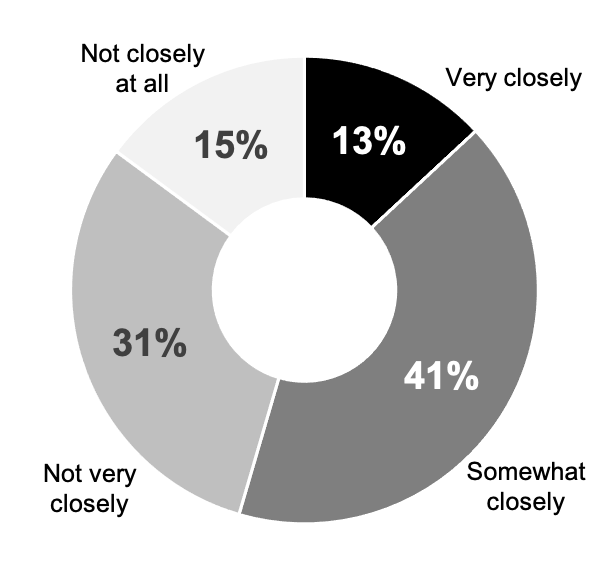 |
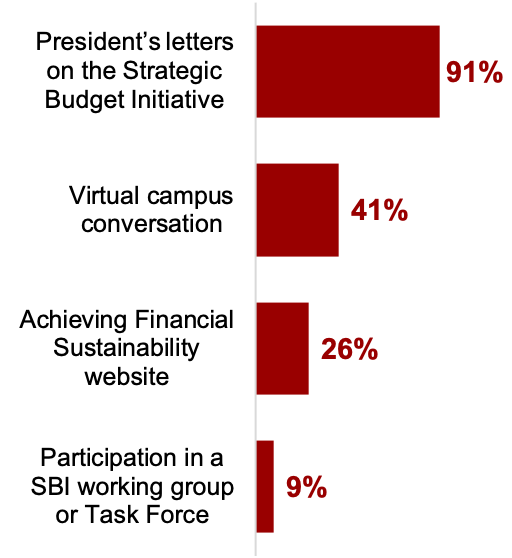 |
| A majority of faculty and staff have been following Stony Brook’s Strategic Budget Initiative either very or somewhat closely | An overwhelming majority of faculty & staff—91%—are getting information about SBU’s budget from President McInnis’ communications to the SBU community. This survey was conducted before the five taskforce campus conversations at which more than 1,500 participated. |
Relative Importance of Opportunities |
|
|
Each taskforce identified a variety of potential opportunities with the goal to either increase revenue, reduce costs and increase efficiencies, or remove barriers to effective coordination and collaboration. Various working groups are now doing a deeper dive on many of these opportunities to understand the related costs, benefits and their overall viability. Faculty and staff were asked to rate the relative importance of these initiatives. |
|
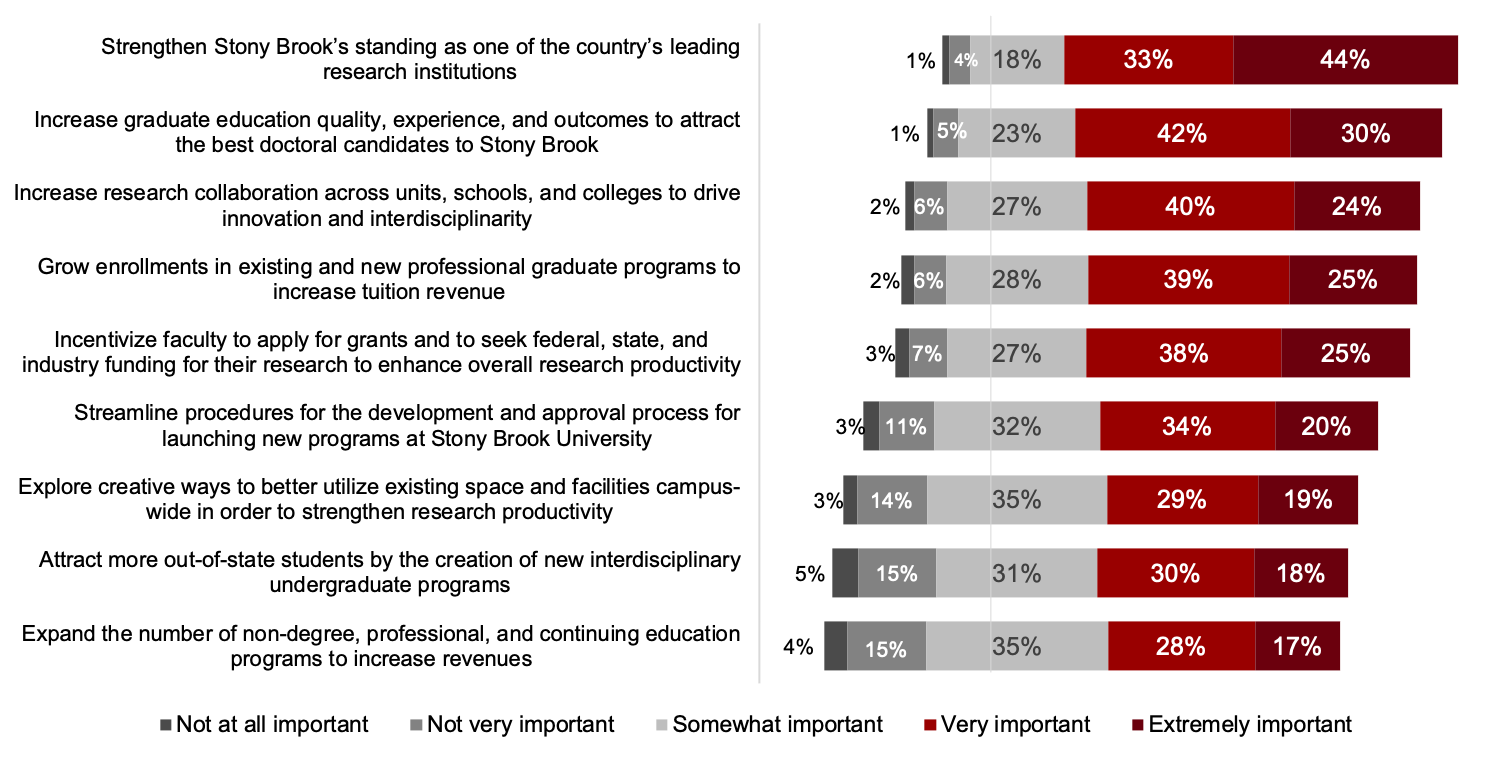 |
|
|
While all the above were viewed as very or extremely important by at least 45% of respondents, strengthening SBU’s standing as research institution and attracting the best doctoral candidates were considered the most important with nearly three quarters of respondents designating them to be at least ‘very important’. |
|
|
|
|
|
Eliminating process redundancies and complexities is considered a high priority for 79%. Three initiatives each were rated at 65% for high or very high priority: obtaining better deals from outside vendors, enhancing service across the community and developing business partnerships, sponsorship and branding to expand revenue. 48% responded that the goal of becoming “one campus” was either high or very high. |
|
Willingness to Embrace Change |
|
|
The survey also asked faculty and staff to think about the university’s readiness, willingness and ability to implement change. While for all questions there is a large section of our community that is unsure – the largest answer being “somewhat confident” – with those who are very or completely confident a slightly larger proportion than those who are slightly or not at all confident in our ability to change. Analysis suggests confidence level is strongly related to the likelihood to recommend SBU to a friend or peer and moderately related to the level of information they have about the Strategic Budget Initiative. |
|
|
|
|
How likely are you to recommend Stony Brook to a friend or peer?
|
|
|
Over 90% of respondents rated their likelihood to recommend Stony Brook a ‘5’ or higher. Of the respondents, staff and non-tenure track faculty had the highest affinity for SBU. |
|
We would like to thank all members of the SBU community for their ongoing participation, input, and effort as we continue to identify both short-term operational and longer-term strategic opportunities to improve our financial position. For more information on the work of the task forces, please click the links below.
Downloadan accessible PDF of the full PowerPoint.
For more information about the SBI, including task force and working group updates, visit our Partnering with Purpose page.
For more information about the survey data, please contact Rosemaria Martinelli at rosemaria.martinelli@stonybrook.edu

